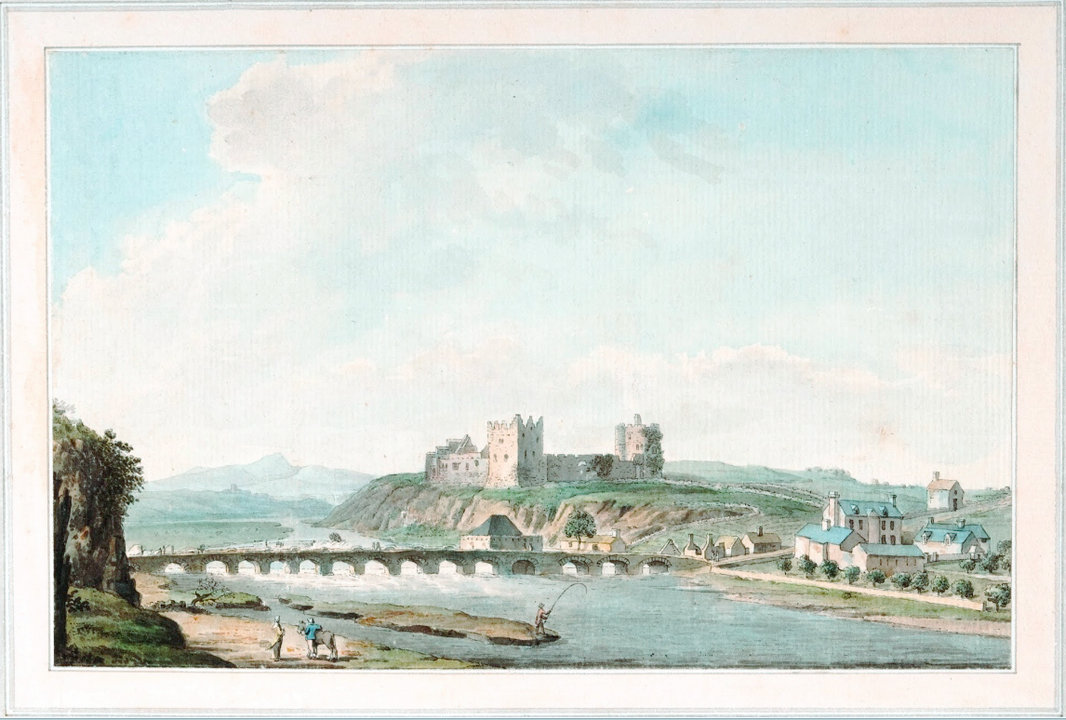Royal Irish Academy, Dublin, Ireland


The Royal Irish Academy (RIA) (Irish: Acadamh Ríoga na hÉireann), based in Dublin, is an all-Ireland, independent academic body that promotes study and excellence in the sciences, humanities and social sciences. It is one of Ireland’s premier learned societies and cultural institutions and currently has around 420 Members, elected in recognition of their academic achievements. The Academy was established in 1785 and granted royal charter in 1786.
Founded in 1785, the Royal Irish Academy/Acadamh Ríoga na hÉireann champions research. We identify and recognise Ireland’s world class researchers. We support scholarship and promote awareness of how science and the humanities enrich our lives and benefit society. We believe that good research needs to be promoted, sustained and communicated. The Academy is run by a Council of its members. Membership is by election and considered the highest Academic honour in Ireland.
It will reflect upon, advise on and contribute to public debate and public policy formation on issues of major interest in science, technology and culture.
It will continue to offer an independent forum to Irish scholars, it will provide a network of support for scholarly disciplines through its network of academy committees, it will maintain and enhance its unique library, it will publish scholarly papers and it will represent the world of Irish learning internationally.
Until the late 19th century it was also the owner of the main national collection of Irish antiquities. It presented its collection of archaeological artefacts and similar items, which included such famous pieces as the Tara Brooch, to what is now the National Museum of Ireland, but retains its very significant collection of manuscripts.
In 1852 the Royal Irish Academy moved to its current premises at 19, Dawson Street, Dublin 2, known as “Academy House”. Built in c.1750, the building has some fine decorative plasterwork and a handsome meeting room designed in 1854 by Frederick Clarendon and now used for conferences, exhibitions and public talks. Academy House was home to many of Ireland’s finest national treasures, including the Ardagh Chalice and the Tara Brooch, until 1890 when the Academy transferred its collections to the newly established National Museum of Ireland.
The Academy Library holds the largest collection of Old Irish manuscripts in the world. It is an important research centre for studies covering Irish history, language, archaeology and the history of Irish science. The Library is home to the sixth-century Latin psalter, the Cathach, reputedly copied by St Columcille. The Library also holds the personal library of Thomas Moore and the philological collection of Osborn J. Bergin.
The Academy has issued the following mission statement:
The Royal Irish Academy, the academy for the sciences and humanities for the whole of Ireland will vigorously promote excellence in scholarship, recognise achievements in learning, direct research programmes and undertake its own research projects, particularly in areas relating to Ireland and its heritage.
During the 1950s the Academy began forming national committees, each relating to a specific discipline. Today the main focus of the Academy committees is to serve as a strategic vehicle for the disciplines they represent, and to act as a national forum, providing input into policy, research priorities and issues of public concern, such as climate change. They also organise public outreach activities, such as lectures and public interviews, and award grants for research and travel. The Academy committees are made up of both Members and non-Members, including representatives from universities, research institutions, government agencies and, where appropriate, industry.